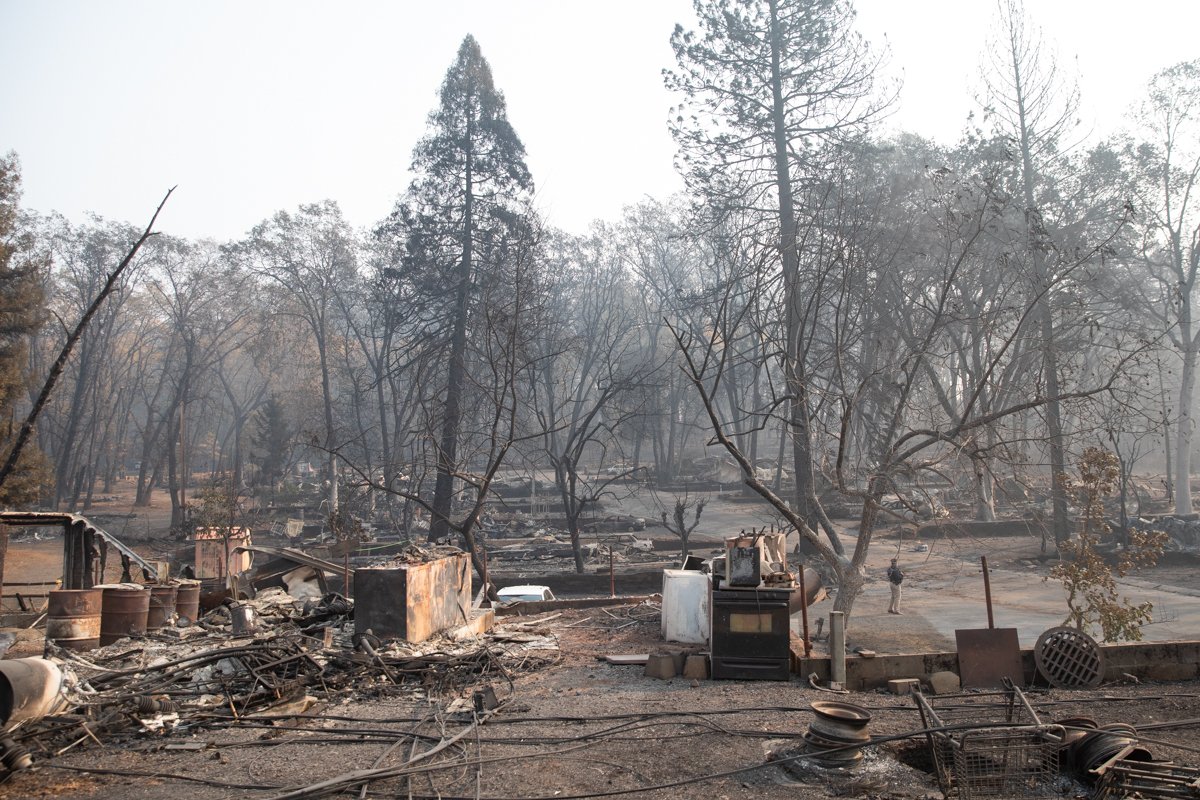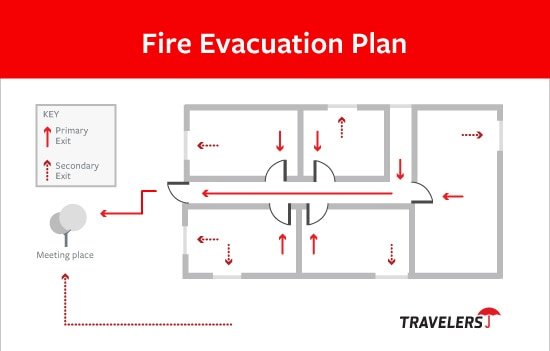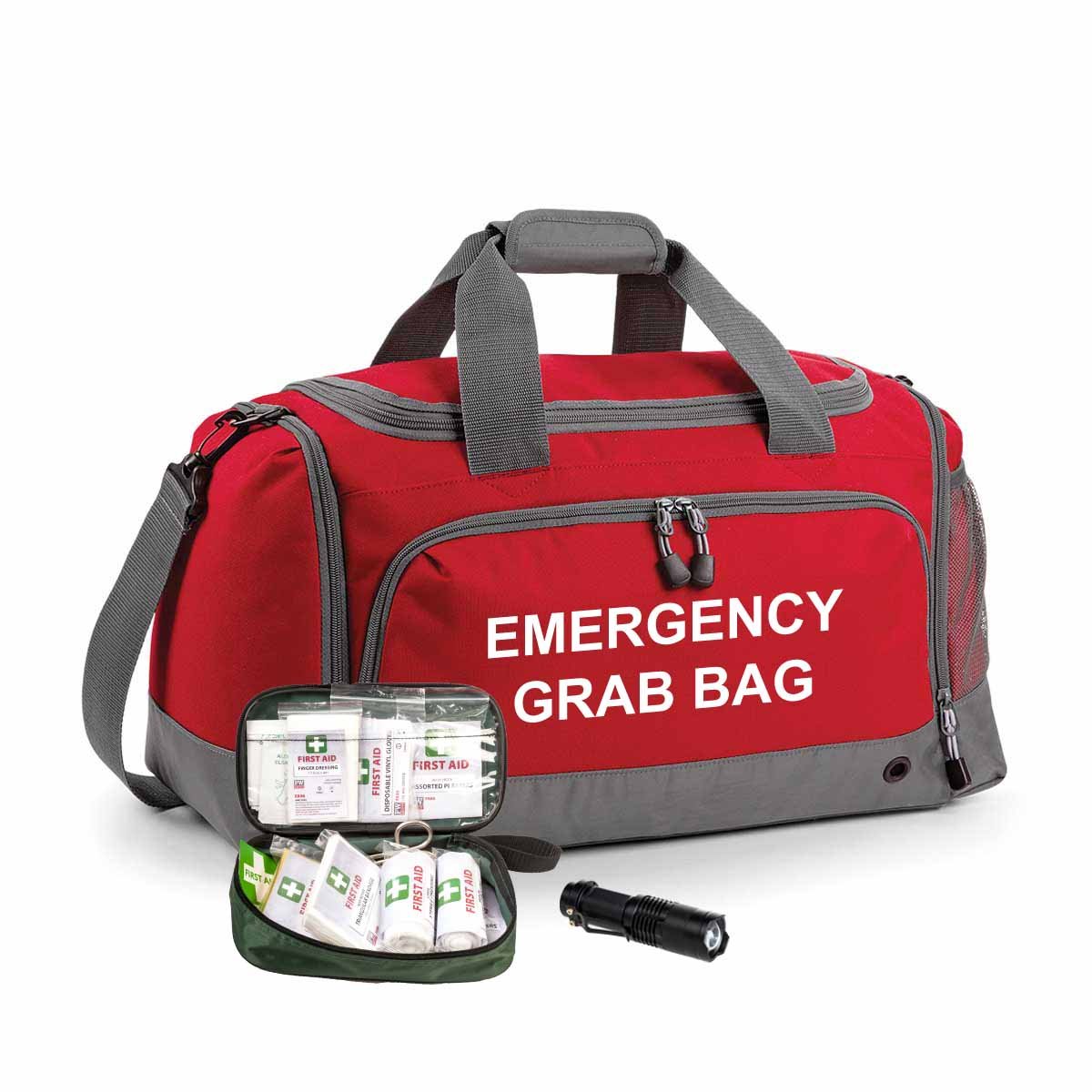Be Ready For Fire
By Albion Bodle, WellKind Forestry Intern
Albion Bodle was an intern for WellKind Forestry during our summer 2022 session, exploring wildfires and other environmental topics.
President Donald J. Trump’s motorcade passes neighborhoods devastated by wildfires as he surveys the fire damage Saturday, Nov. 17, 2018, in Paradise, Calif., which was mostly destroyed by the Campfire. (Official White House Photo by Shealah Craighead)
Paradise, California, was perfect for settling down and raising a family. Until, on a hot and windy November morning, a spark from a poorly maintained electrical line started a blaze fueled by dry vegetation. The fire quickly grew in size, engulfing Pulga and spreading into the neighboring towns of Concow, Magalia, and Paradise. It would blaze for 17 days, killing 85 people and destroying over 150,000 acres of land. On a visit to survey the damage of the later named Campfire, President Trump proclaimed, “I think, hopefully, this will be the last of these” (Hagerty, 2019).
Unfortunately, it will not be. The drought that allowed for the conditions that gave way to the Camp Fire still persists and likely will continue until climate change is curtailed. While single individuals can't stop massive fires, they can make sure that they and their loved ones have a plan to evacuate their homes
Tip 1: Make an Evacuation Plan
Your household should have an evacuation plan that designates several areas of meeting outside of the affected fire area. Establishing numerous sights in different locations is important because the fire may affect one or more of them (CALFIRE, 2020).
Source: Travelers Insurance.
Tip 2: know Your Escape Routes
Be aware of different escape routes out of your house and community. Practice these regularly so everyone in your household is aware of them. Time is essential, and navigation errors while leaving fleeing a fire could result in serious bodily harm or death (Black, 2011).
FireSafe Marin has some excellent resources for finding the escape routes in the county, such as this one for Fairfax’s Deer Park neighborhood:
Tip 3: Make a Go-Bag
Source: WorkWearWorld
Have a go-bag with personal effects, clothing, food, water, identification, and hygiene essentials. After the Paradise fire, thousands were left homeless for several days before receiving aid. You do not want to be frantically searching for these items while evacuating. Keep pet crates easily accessible and always know where your pets are. H.A.M. radios are an essential item to pack in in your go-bag because they dont rely on cell service or internet to bring you information about the fire (U.S. Department of Homeland Security, 2022).
Tip 4: Stay Informed
It's essential to keep up with current weather events. On hot and windy days more susceptible to fire, be ready to leave at a moment's notice. Sign up for your county's fire warning services, but don't rely too heavily on them. In Paradise, many who signed up for these services were never notified. Stay close to your phone and pay attention to the air. If you smell or see smoke, make sure you know its source. Remember, it is always better to err on the side of caution. If an evacuation notice is given, evacuate, no matter the inconvenience (National Oceanic and Atmospheric Administration, 2015).
With these tips, you can go a long way in keeping your family safe this wildfire season.
REFERENCES
Black, A.E.. (2011). Learning from escaped prescribed fire reviews. U.S. Forest Service, Region 8 Fire Staff and Southern Fire Chiefs.
CALFIRE. (2020, July 7.) Wildfire Action Plan. Ready for Wildfire.
Hagerty, Colleen. (2019, October 16.) “The Survivors.” Vox.
U.S. Department of Homeland Security. (2022, May 10.) Build a Kit. Build A Kit | Ready.gov. https://www.ready.gov/kit.
US National Oceanic and Atmospheric Administration, NOAA. (2015, August 6.) High Wind Safety Rules.National Weather Service, NOAA's National Weather Service.




